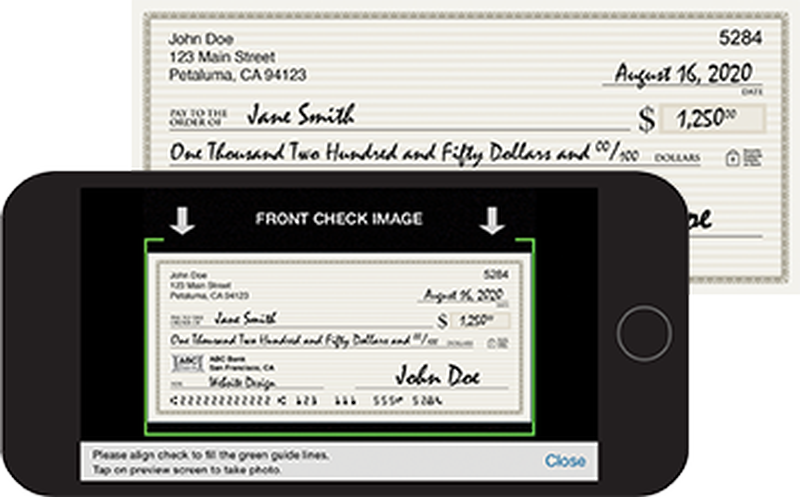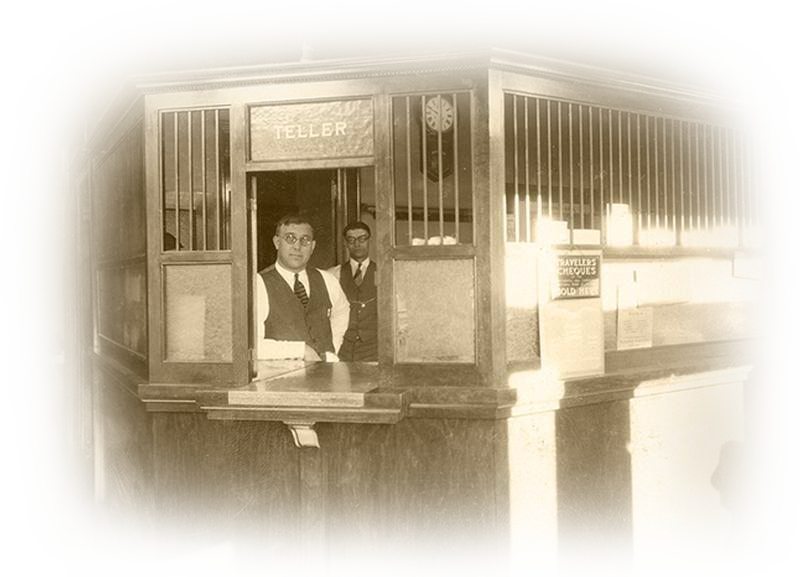The State of Community Banking in 2022 and Why You Should Care
In honor of Community Banking Month in April, I want to share my thoughts on the “state of community banking.” Those outside our industry may wonder, “why should I care?”. If you care about small businesses, then I would argue you should care about community banks and our viability. We are small businesses and we are a lifeline to the small businesses lining Main Streets throughout our country.
I have been very involved with the community banking industry at the state and national level for many years. Since August, I have had the honor of serving as the 2021-2022 chairperson of the Independent Community Bankers of Minnesota (ICBM). Every day, I have conversations with other bankers and industry leaders about the opportunities and challenges facing we face. I believe wholeheartedly the future of community banks is strong. We will succeed because of the strength of our customer relationships and commitment to our communities but we need to adapt and advocate for policies and laws that level the playing field among financial institutions.
Defining a Community Bank
One underlying tension in our industry is what comprises a community bank. Some consider all non-Wall Street banks a community bank. Others of us see community banks as small businesses with branches in a relatively small geographic area, oftentimes rural areas but not exclusively so. We all agree community banks are high-tech, high-touch financial institutions with a loyalty to both the success of our businesses as well as the economic wellbeing of the communities in which we operate.
Making Our Value Evident
Our commitment to our communities was crystal clear during the pandemic, when community banks stood behind small businesses – customers and noncustomers alike. Collectively, we wrote more than 3.5 million PPP loans. At New Market Bank, we heard story after story of big banks turning away small businesses while our lenders worked long hours to get relief funds to Main Street businesses, even those that didn’t have an account with us. Odds are, at least one small business you frequent is here today because it got a PPP loan through a community bank.
Personalized and Responsive
It wasn’t just that we were willing to write those loans that garnered appreciation. It was our approachability and relationships. People want to talk to people, not get stuck in a lengthy call-center queue, especially in times of uncertainty. Sooner or later, most everyone will have a question that requires a live person and we make that easy. Many New Market Bank customers still prefer to bank in person even though most day-to-day transactions can easily be done with our online and mobile banking app.
Ensuring Longevity
Despite the value community banks bring to our local communities, our industry has experienced significant consolidation. Several locally owned financial institutions used to have a presence in Lakeville, where New Market Bank has a branch. Today, we are just one of two. In all of Scott County, where New Market Bank is chartered, we are the only bank still owned by a local family. Several factors contribute to this decline, including competition from goliath-sized competitors and tax-exempt credit unions, lack of succession options for family-owned businesses and increased regulations.
Federal regulations expanded greatly after more than 300 banks failed between 2008 and 2010. Oversights put in place to protect consumers from fraud, cyber threats, unfair lending practices, etc., have required banks to invest in new technology, hire more staff and pay additional compliance, exam and auditing fees. These costs can more easily be absorbed by bigger banks but they can be crippling to smaller institutions.
Despite community banks already having strict overdraft and disclosure regulations, the federal government (Consumer Finance Protection Bureau) is currently considering limiting banks’ ability to charge fees for overdrafts, returned checks, wire transfers, etc. This would further affect our profitability and ability to cover the rising costs associated with regulations. Bear in mind, the federal government requires banks to maintain a specified level of capital reserves and profitability. Banks may deal in money but, contrary to many people’s opinions, most community banks do not operate with huge margins.
Competitive and regulatory pressures have caused many family-owned, legacy banks to sell their businesses, especially when the next generation is not interested in taking over. Those of us in community banking hope our peers who choose to sell strike a deal with another community bank or a local investor committed to continuing the spirit of community banking.
A disturbing trend, however, is the prevalence of tax-exempt credit unions acquiring tax-paying community banks. More disturbing is a new rule allowing credit unions to partner with private investors and use subordinated debt to finance the purchase of community banks. In these scenarios, credit unions can buy banks at a premium price few community banks can match. Community banking is being priced out of the market.
As JimAmundson, President of ICBM, wrote, “This continues a disturbing trend that promises a negative impact on taxpayers in Minnesota and nationwide. Through these deals, large credit unions are increasing their taxpayer-subsidized footprint by buying smaller, tax-paying community banks. Given the harm this does to federal and state tax bases, policymakers in St. Paul and Washington should put an end to these transactions.”
ICBM is currently working to establish a legislative study group in Minnesota to analyze credit union acquisitions of banks and the potential tax implications. The intent isn’t to change laws but simply to understand the effect of these transactions on Minnesotans and the state’s tax base.
Monitoring Economic Indicators
As many in the U.S. are, community bankers are cautiously watching economic indicators – inflation, home prices, cost of consumer goods – and bracing for a potential market correction. Like in 2008, many people are buying homes for more than their appraised values and covering the shortfall with cash. That didn’t end well then but changes since have helped ensure community banks are less vulnerable if the housing market crashes again.
We’re also healthier now because of PPP loan revenues and consumers’ increased savings during the pandemic. Spending and debit card transactions have returned to pre-pandemic levels but we anticipate people will dip into the savings they squirreled away during the pandemic to cover increasing costs of living.
In as much as our future depends on our actions and our relationships with customers who value small businesses, community banks will thrive. Our challenge lies in managing and adapting to factors generally outside our control and influencing decisions made at the state and federal levels that affect us. Our industry associations and the community bankers who are active in those associations work hard to make sure our voices are heard and positions considered.







